When you cast on a new project, do you think about the cast-on method you’ll use? Or do you always reach for the same cast-on you always use? There are a lot of different cast-ons out there, and it turns out they all have their advantages and disadvantages. Take some time to learn a new cast-on, and decide on your favorite!
Backwards Loop
For some reason, the backwards loop cast-on is touted as a good cast-on for beginners. While it is incredibly easy to learn, knitting the first row is frustrating and difficult to manage. When my grandmother used this cast-on to teach me to knit on a rainy day, I only managed to get through one or two stitches before giving up entirely. It was another ten years before I really learned how to knit!
While the backwards loop cast-on is low on my personal list, there are times when it’s essential. Usually this is when you’re casting on in the middle of a row for buttonholes, pockets, thumb or finger stitches in mittens or gloves, or when you know you’ll need to pick up stitches later (think underarm stitches). Since there’s very little yarn in the backwards loop cast-on, it also has the advantage of reducing bulk.
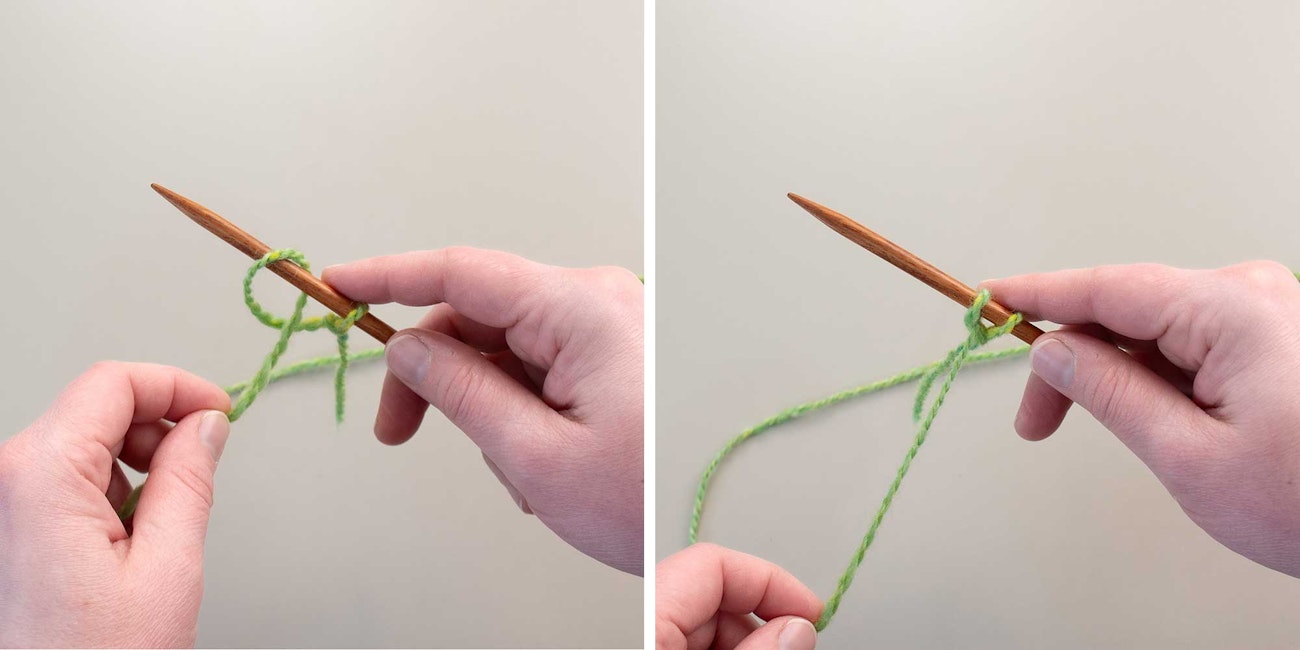 The backwards loop cast-on uses a series of twisted loops as the foundation edge.
The backwards loop cast-on uses a series of twisted loops as the foundation edge.
Knit-On or Knitted Cast-On
After the backwards loop cast-on, the next cast-on I learned was the knit-on method, also called knitted cast-on, and I used it for many years. It’s simple, easy to remember, and only requires one strand of yarn. Starting with a slipknot, you knit into the nearest stitch on your left needle. Instead of transferring the stitch to the right needle, the new loop is placed onto the left needle. There’s no measuring to make sure you have enough yarn for your cast-on—you simply begin!
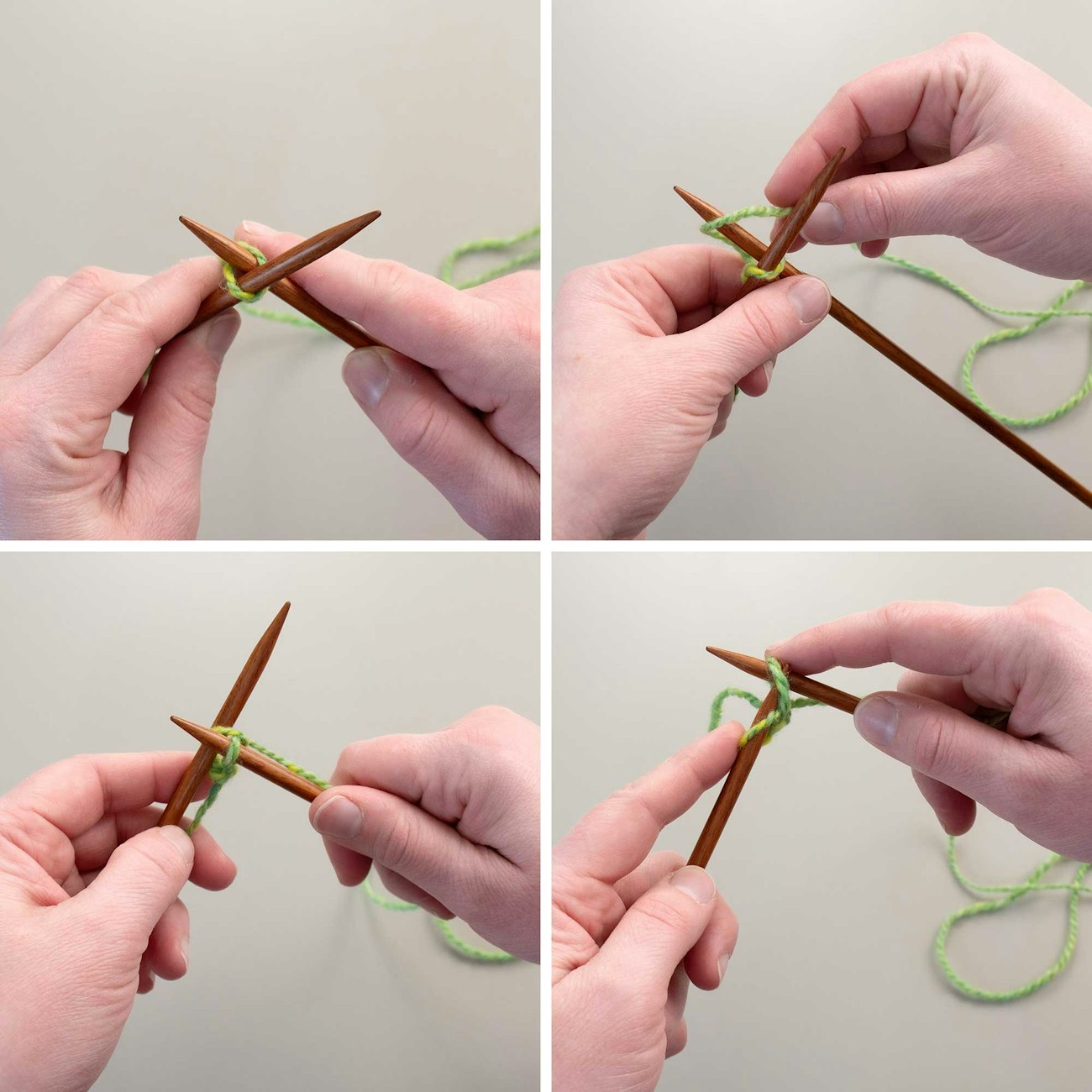 Instead of transferring stitches to the right-hand needle, you’ll put each stitch you make on the left-hand needle to create the knit-on cast-on.
Instead of transferring stitches to the right-hand needle, you’ll put each stitch you make on the left-hand needle to create the knit-on cast-on.
Cable Cast-On
The cable cast-on is a variation of the knit-on method. After making the first two stitches as you would for the knitted cast-on, you’ll place your right needle between the nearest two stitches on your left needle, wrap the yarn around your right needle as if to knit, and place that stitch on the left needle. The cable cast-on forms a twisted edge that is sturdy and elastic, making it a good choice for ribbed edges. While this isn’t a cast-on I use often, I know many people who prefer it above many of the others on this list.
 The cable cast-on is worked by inserting the right-hand needle between the previous two stitches.
The cable cast-on is worked by inserting the right-hand needle between the previous two stitches.
Long-Tail
Once I learned the long-tail cast-on, it became my go-to cast-on for almost everything. It’s quick and fun, and when you finish, your first row is already knitted for you! The main downside to the long-tail cast-on is that you need to measure out your yarn before beginning. For small pieces, this is rarely an issue, but it can be frustrating to play a game of yarn chicken when casting on for a larger piece.
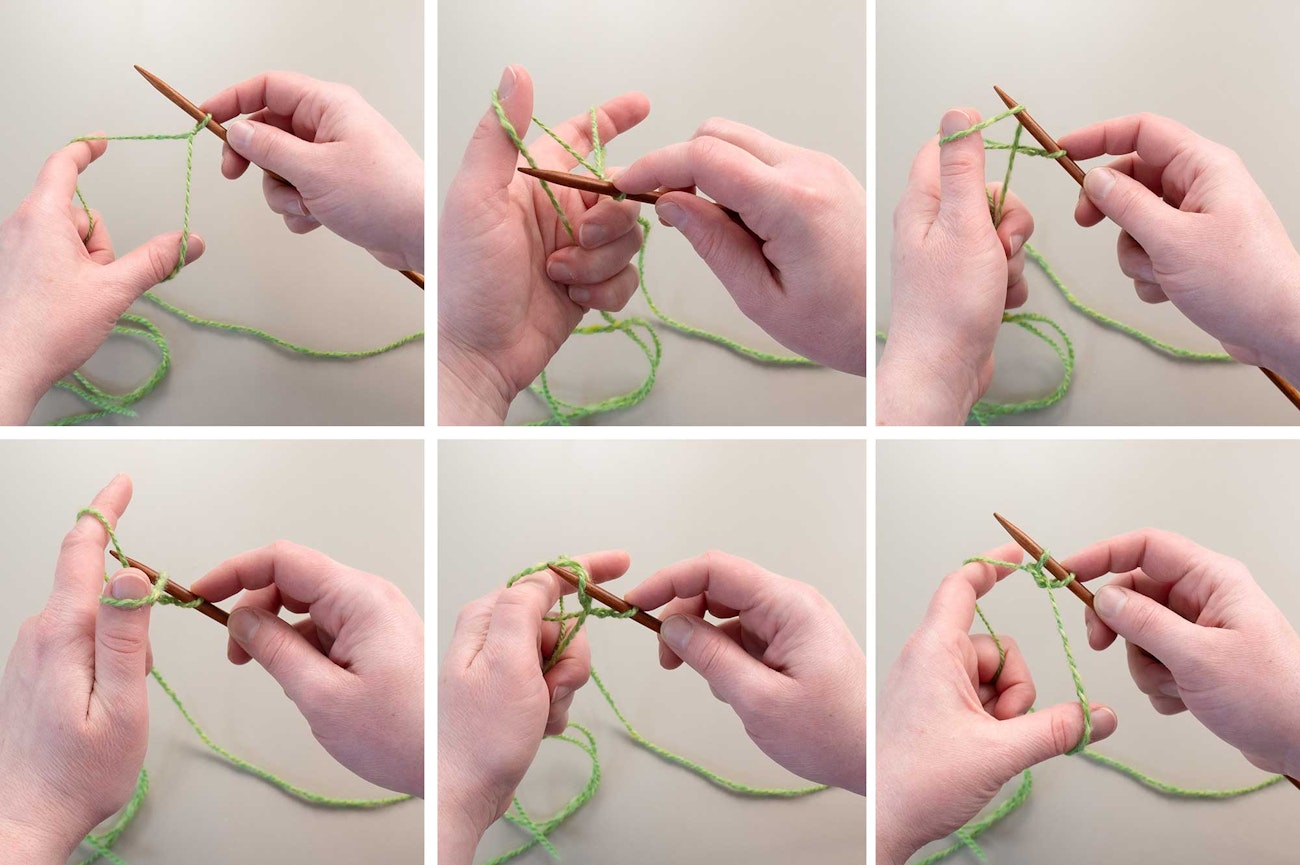 The long-tail cast-on uses two strands of yarn and one needle to create the foundation edge.
The long-tail cast-on uses two strands of yarn and one needle to create the foundation edge.
Long-Tail Tubular
While I adore the long-tail method, it often frustrated me that my sweater hems didn’t look like the ones I saw in stores. Then I discovered the long-tail tubular cast-on and was hooked! Tayler Harris used this tidy cast-on for the Traverse Toque shown above. Learn more about the long-tail tubular cast-on and see it in action here.
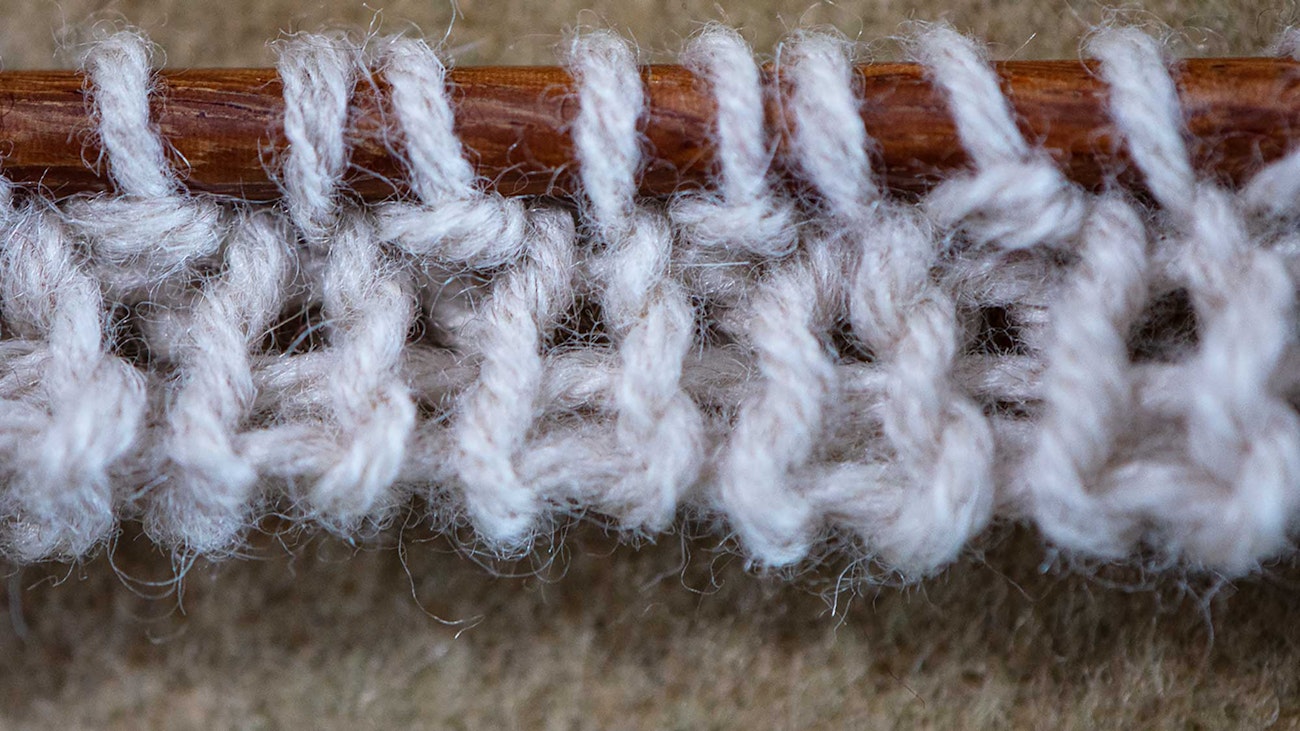 The long-tail tubular cast-on has several set-up rows, but it creates a beautiful edge. Photo by Pamela K. Schultz
The long-tail tubular cast-on has several set-up rows, but it creates a beautiful edge. Photo by Pamela K. Schultz
German Twisted
The German twisted cast-on is incredibly stretchy—perfect for hats, socks, or any other edge that needs plenty of stretch. Best of all, it’s tidy, unlike some other stretchy cast-ons I’ve tried over the years. Learn more about it and see it in action in this post.
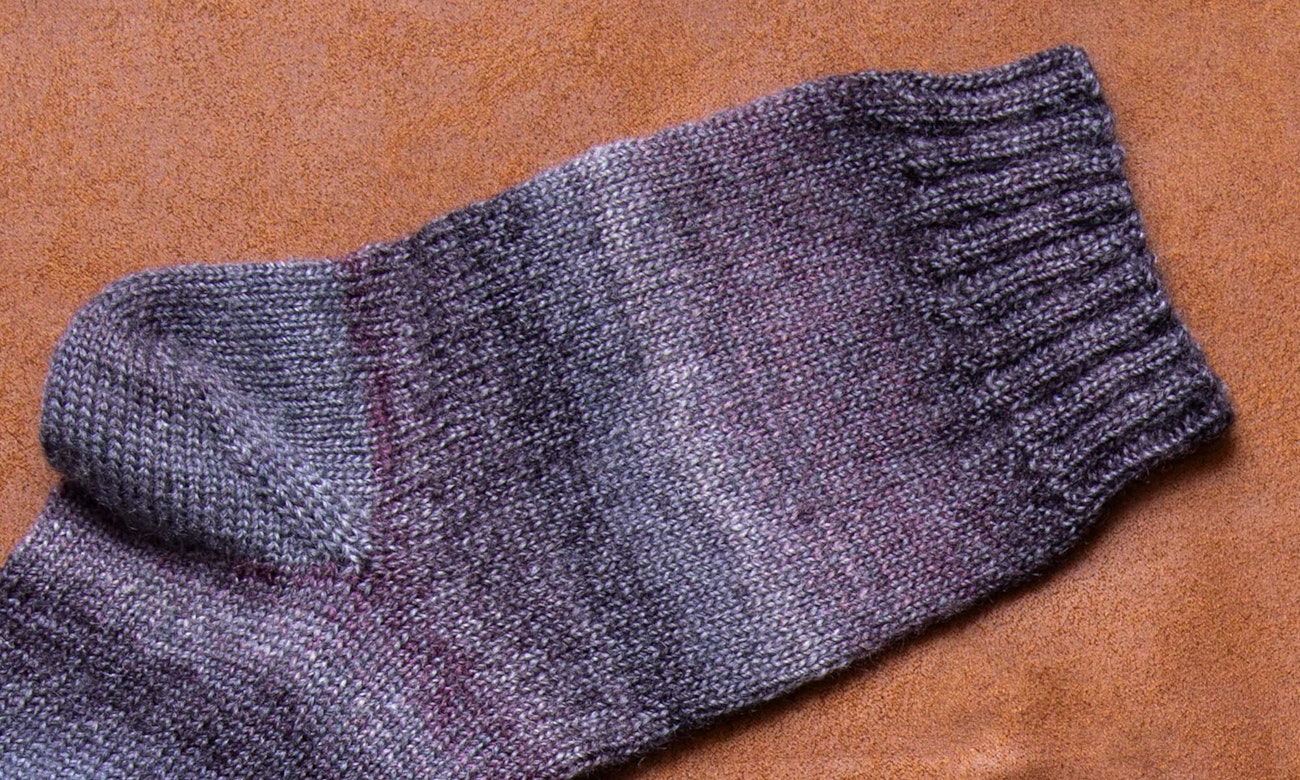 The German twisted cast-on is stretchy and tidy—making it perfect for socks and hats. Photo by Matt Graves
The German twisted cast-on is stretchy and tidy—making it perfect for socks and hats. Photo by Matt Graves
What’s Your Favorite?
Your favorite cast-on will be influenced by your own preferences and the kinds of projects you like to knit. Learning a new cast-on adds to your toolbox of knitting know-how so that you always have the right tools for the job.
Choosing a cast-on is just the beginning!
Read Pat Olski’s tips for casting on and choose your next project in the Farm & Fiber Knits Library.
And if you're interested in knitting the Traverse Toque, pictured at the top of the post, find it here in the Farm & Fiber Knits Library.

